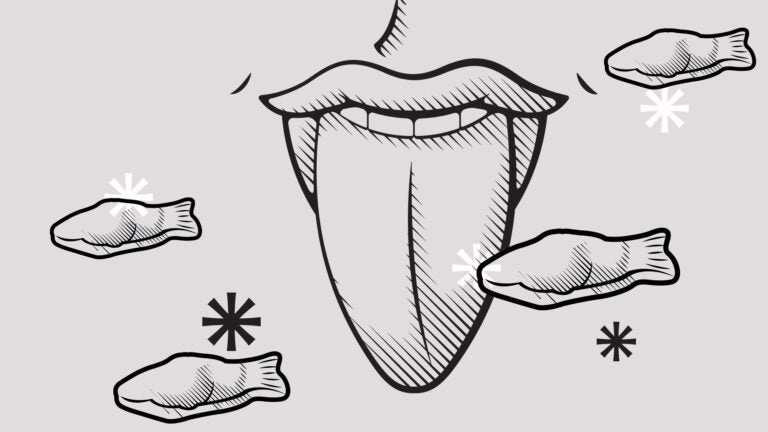
And then there were 6 — kinds of taste, that is
Key points:
USC Dornsife scholars have discovered evidence of a sixth basic taste.
The tongue responds to ammonium chloride, a popular ingredient in some Scandinavian candies.
The OTOP1 protein receptor, previously linked to sour taste, is activated by ammonium chloride.
The ability to taste ammonium chloride may have evolved to help organisms avoid harmful substances.
Japanese scientist Kikunae Ikeda first proposed umami as a basic taste — in addition to sweet, sour, salty and bitter — in the early 1900s. About eight decades later, the scientific community officially agreed with him.
Now, scientists led by researchers at the USC Dornsife College of Letters, Arts and Sciences have evidence of a sixth basic taste.
In research published Oct. 5 in Nature Communications, USC Dornsife neuroscientist Emily Liman and her team found that the tongue responds to ammonium chloride through the same protein receptor that signals sour taste.

“If you live in a Scandinavian country, you will be familiar with and may like this taste,” says Liman, professor of biological sciences. In some northern European countries, salt licorice has been a popular candy at least since the early 20th century. The treat counts among its ingredients salmiak salt, or ammonium chloride.
Scientists have for decades recognized that the tongue responds strongly to ammonium chloride, but they weren’t sure which receptors were responsible. Liman and the research team — which includes scientists from the University of Colorado Medical School — thought they might have an answer.
In recent years, they identified a protein, OTOP1, that detects sour taste. They hypothesized that this protein might also respond to ammonium chloride because of its impact on acid levels in cells.
To test this, they introduced the Otop1 gene into lab-grown human cells then exposed some of them to acid or to ammonium chloride. The results showed that ammonium chloride activated the OTOP1 receptor just as effectively as acid.
Further tests on mice confirmed that those with the OTOP1 gene avoided ammonium chloride, while those without it didn’t mind the taste.
Liman speculates that the ability to taste ammonium chloride might have evolved to help organisms avoid harmful substances.
“Ammonium is somewhat toxic,” she explained, “so it makes sense we evolved taste mechanisms to detect it.”
The team also found that the sensitivity to ammonium chloride varies among species, possibly due to their different environments.
The researchers plan to further explore the OTOP1 receptor’s response to ammonium chloride, hoping to uncover more about its evolutionary significance.
And who knows? Perhaps ammonium chloride will join the other five basic tastes, bringing the official count to six.
About the study
In addition to Liman, authors of the study include PhD student Ziyu Liang (first author) at USC Dornsife; Courtney Wilson and Sue Kinnamon of the University of Colorado Medical School; and Bochuan Teng, a former PhD student at USC Dornsife who is now at Caltech.
The study was supported by National Institutes of Health grants R01GM131234 and R01DC013741.